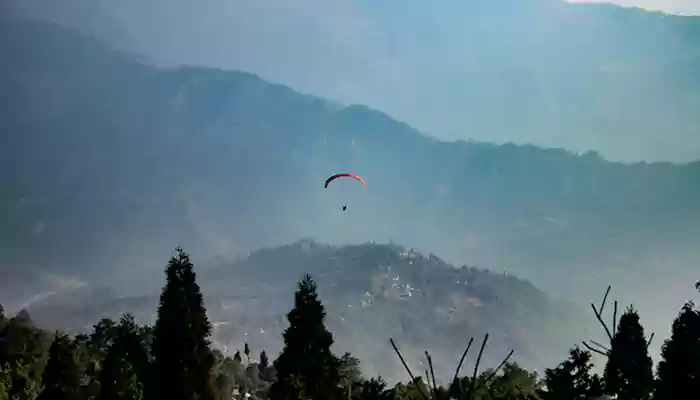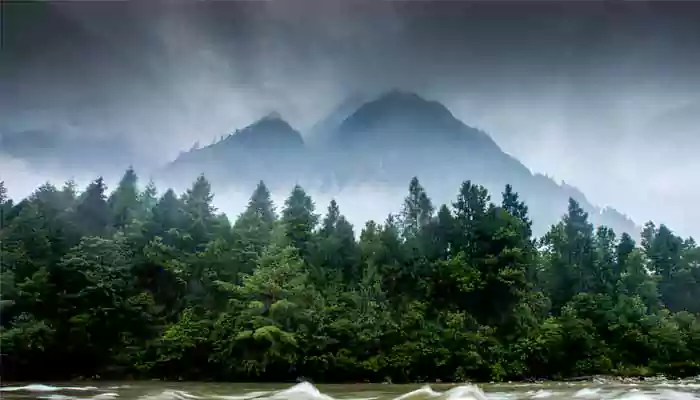
A beach on the beach, but under the shade of rock above – yes, that’s a whole beach in Mexico
Nestled within the verdant embrace of a lush green island lies a hidden marvel that seems plucked from the pages of a fantastical tale: Playa del Amor, or the Hidden Beach. This secret sanctuary is a prominent feature of the Marieta Islands, a captivating archipelago situated some 22 nautical miles west of Puerto Vallarta, Mexico, at the mouth of Banderas Bay.
The allure of the Hidden Beach lies in its surreal appearance—a gaping hole in the island's surface revealing a pristine sandy cove, caressed by the crystal-clear waters of the Pacific Ocean. Yet, the creation of this secluded haven is shrouded in intrigue. While the Marieta Islands are natural wonders formed by ancient volcanic activity, it is whispered that the cavity leading to the Hidden Beach was carved out by deliberate bombings. Historically, these uninhabited islands served as a testing ground for military exercises conducted by the Mexican government. The reverberations of explosives from decades past may have sculpted the caves and rock formations that now harbor this secluded paradise.
In the 1960s, renowned scientist Jacques Cousteau raised his voice in protest against the detrimental impact of human activity on the Marieta Islands. His advocacy, alongside growing environmental awareness, culminated in the designation of the islands as a national park in 2005—Parque Nacional Islas Marietas. This protective status imposed strict regulations, prohibiting hunting and fishing around the islands while nurturing a resurgence of their once-depleted flora and fauna. Additionally, the park attained recognition as a UNESCO MAB Biosphere Reserve, safeguarding its ecological integrity for generations to come. The Underground Beach, also known as the Hidden Beach, is a marvel of nature sculpted over centuries by the forces of wind and water. Its existence can be traced back to a series of volcanic eruptions, which created the islands and formed a network of caves and tunnels beneath the surface. However, it was human intervention that truly transformed this hidden enclave into the mesmerizing sanctuary it is today.
Accessible only by swimming or kayaking through a narrow tunnel, the Underground Beach offers visitors an unparalleled sense of seclusion and tranquility. As you emerge from the darkness into the open expanse of the cavern, you're greeted by a spectacle of natural beauty unlike any other. The towering cliffs that encircle the beach create a sense of intimacy, while the crystal-clear waters shimmer with hues of turquoise and emerald, inviting exploration and wonder.
One of the most striking features of the Underground Beach is its unique geography. Enclosed within a crater-like depression, the beach is a testament to the power of nature's forces. The high cliffs that enclose the cove provide shelter from the outside world, creating a microcosm of life teeming with diversity and abundance.
Despite its secluded location, the Underground Beach is home to a rich array of flora and fauna. Lush vegetation clings to the cliffs, offering refuge to nesting birds and small mammals. Beneath the surface, vibrant coral reefs and colorful fish populate the underwater landscape, creating a paradise for snorkelers and divers.
In addition to its natural beauty, the Underground Beach also holds cultural significance for the people of Mexico. The Marieta Islands are a protected marine reserve, designated as a UNESCO Biosphere Reserve in recognition of their ecological importance. As such, visitors are encouraged to respect and preserve the fragile ecosystem of the islands, ensuring that future generations can continue to enjoy the wonders of this hidden gem.


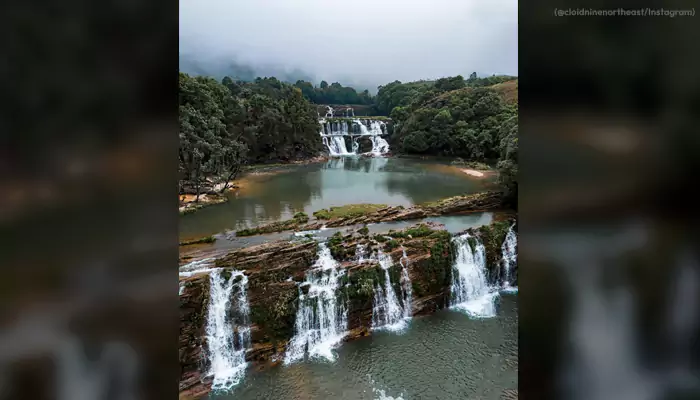
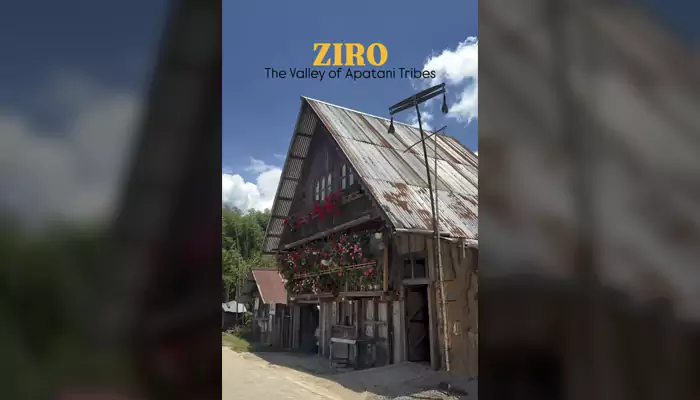


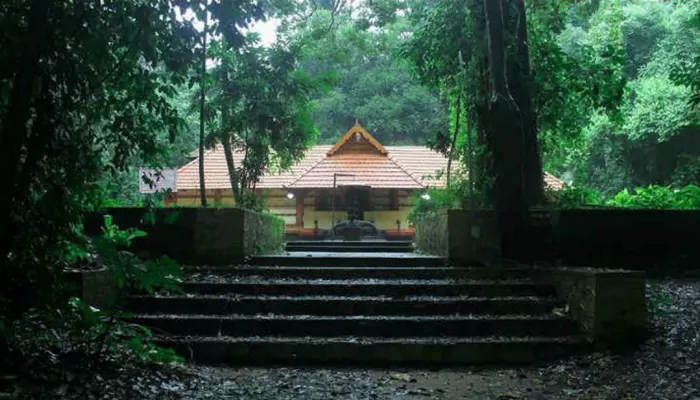
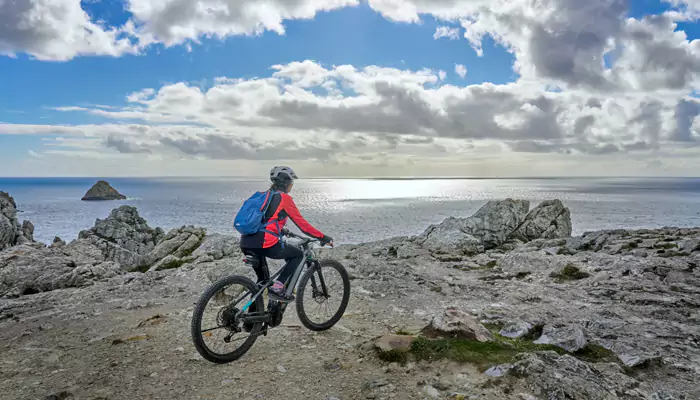
.webp)
